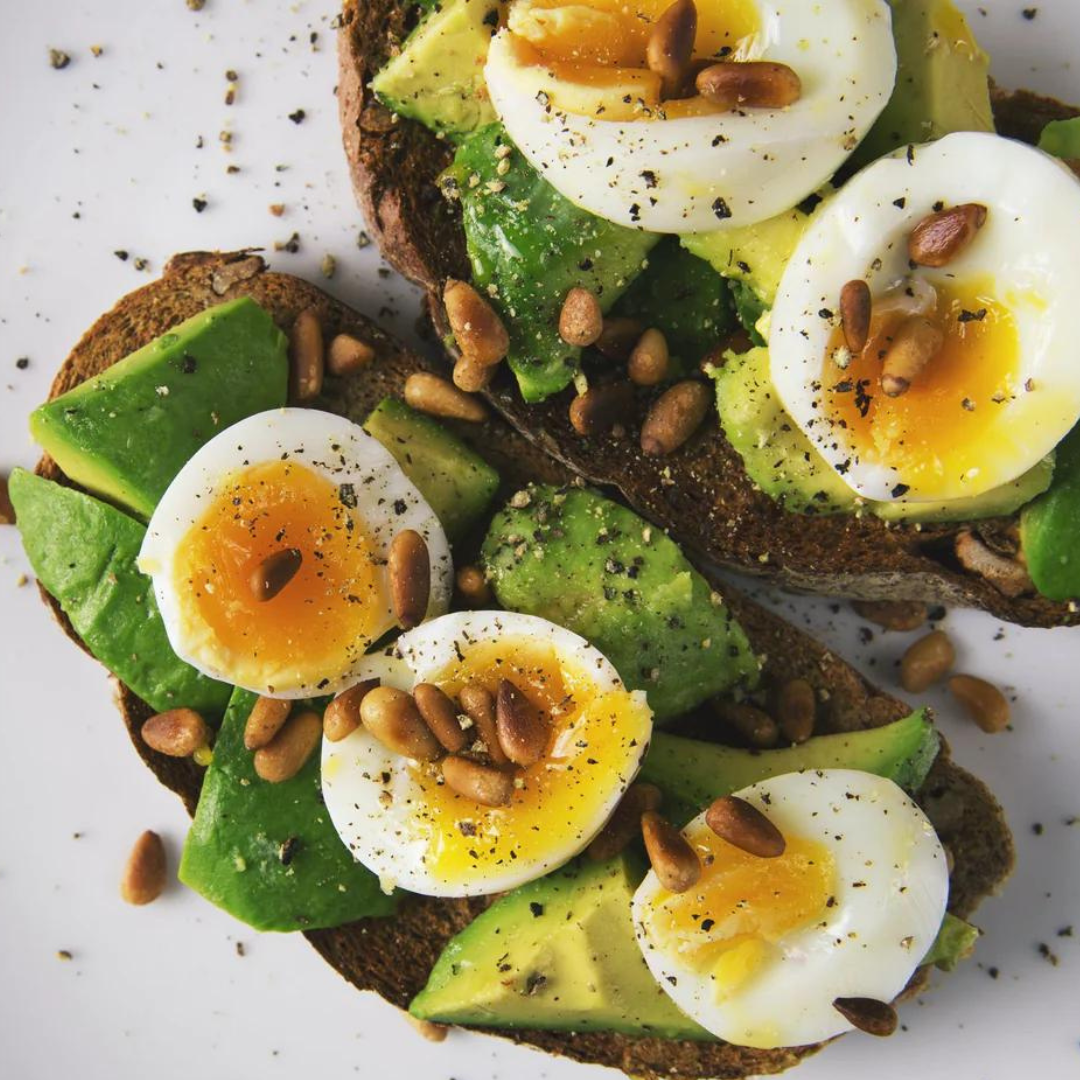Introduction
The keto diet has been used since the 1920s and is based on a thorough understanding of physiology and nutritional science. Unlike many diet plans that come and go with extremely low percentages of long-term success, the keto diet stands as one of the most recognized diets among the young generation. The reason for this might be that the "keto" diet appeals to many individuals, including some well-known celebrities because it provides a nutritional change that can result in speedy weight reduction and enhanced energy. If you've tried a keto diet before or want to start one, you might be wondering which type is best for you. This is dependent on several things, including your objectives, degree of exercise, and medical history. In this article, we will explain in detail the best 5 types of keto diets along with their benefits in detail.
Importance of Keto Diets
The ketogenic diet may aid weight reduction in a variety of ways, including by increasing metabolism and decreasing hunger. Eating a meal heavy in processed and refined carbs can disrupt gut bacteria balance and lead blood sugar levels to fluctuate dramatically, both of which can be harmful to skin health.
In adults with certain malignancies, the ketogenic diet may be a safe and effective supplemental treatment to radiotherapy and chemotherapy. It is because it would cause cancerous cells to experience more oxidative stress than healthy cells, causing them to perish.
5 types of Keto Diets
Ketosis may be achieved in a variety of methods, which leads to several ketogenic diet variations. Because the final objective of all diets is the same, they all have a few things in common, such as being low in carbs & high in dietary fat. We explain each type in detail here:
1. Standard Keto Diet
It is a moderate protein, high fat, and low-carb diet that contains 5-10% carbs, 20% protein, and 71-75% fat. To be considered a ketogenic diet, the bulk of calories in the diet must come from fat. There is no predetermined limit because energy requirements differ greatly from individual to person. Vegetables, especially non-starchy vegetables, should be a large part of a keto because they have minimal carbohydrates. Ketogenic diets have a long history of effectiveness in helping individuals lose weight, regulate their blood sugar, and enhance their cardiovascular health.
2. Targeted Keto
Targeted Keto Diet is best for those Athletes who are looking for a diet that helps in improving their overall sports performance. This diet is designed for people who do a lot of rigorous muscle-building activities regularly. So, if you're a sports enthusiast or doing routine exercise and your performance has been dropping, I suggest you try carbs before your workout. You may help maintain your glycogen levels, reduce the intensity of the workout, and increase strength and durability by doing so. To offer a surge of performance-enhancing energy, you eat 15-50 grams of quickly absorbing carbohydrates before, throughout, or after training on a TKD. Although many athletes utilize dextrose (sugar) powder, these basic carbohydrates can originate from genuine food, such as potatoes or white rice.
3. MCT Keto Diet
Coconut oil contains MCTs, which are accessible as MCT oil & MCT emulsified liquids.
MCT keto diets are often used to treat epilepsy since MCTs allow patients to ingest more carbohydrates and protein while staying in ketosis, according to the theory. This is due to the fact that MCTs produce higher ketones per gram of fat than the lengthy triglycerides found in typical dietary fat. If ingested in excessive quantities, MCTs can cause stomach distress and diarrhea. To avoid this, eat meals that contain a mix of MCTs and non-MCT fats. So, only because MCT oil is a wellness solution doesn't imply it doesn't have any negative side effects. MCT oil, according to Onwuka, can cause gastrointestinal problems, as well as aggravate headaches or anxiety.
4. High-Protein Ketogenic Diet
A High Protein Ketogenic Diet is comparable to the conventional keto diet, but as the name suggests, this form of the keto diet demands eating a larger amount of protein.
Bodybuilders and elderly people who need to avoid muscle loss are mostly suggested to follow this diet. It's also a wonderful choice for folks who have protein-deficient symptoms such as loss of muscle or thinning hair. People who wish to keep their muscular mass, such as athletes and the elderly, generally follow this variation of the keto diet. Rather than % of the diet, protein now accounts for 30 %. However, fat is reduced to 65 % of the diet, while carbohydrates remain at 5%.
5. Cyclic Keto Diet
The CKD diet consists of five ketogenic days followed by two higher carb days. The diet is designed for athletes who want to restore glycogen lost after exercise by eating more carbs on such days. It can be beneficial if someone wants to take breaks and have a carb.
You may have heard keto cycling suggested for athletes who need the additional carbs to power their training or contests. If you're searching for a way to get more exercise or a reason to eat more fruit, the Cyclical Ketogenic Diet could be worth a try. But the only way to find out if it works for you is to give it a shot!
Verdict
Ketogenic diets were first established to aid children with epilepsy (especially those who didn't respond to previous therapies), but nowadays, very low-carb diets are used to help adults with a variety of chronic health issues, including obesity, cancer, and diabetes.
Is the ketogenic diet effective? Yes! Because insulin levels are dropped and the body is forced to utilize stored body fat for energy, even a keto for a beginner’s diet will result in rapid and consistent weight reduction.




Leave a comment
All comments are moderated before being published.
This site is protected by reCAPTCHA and the Google Privacy Policy and Terms of Service apply.